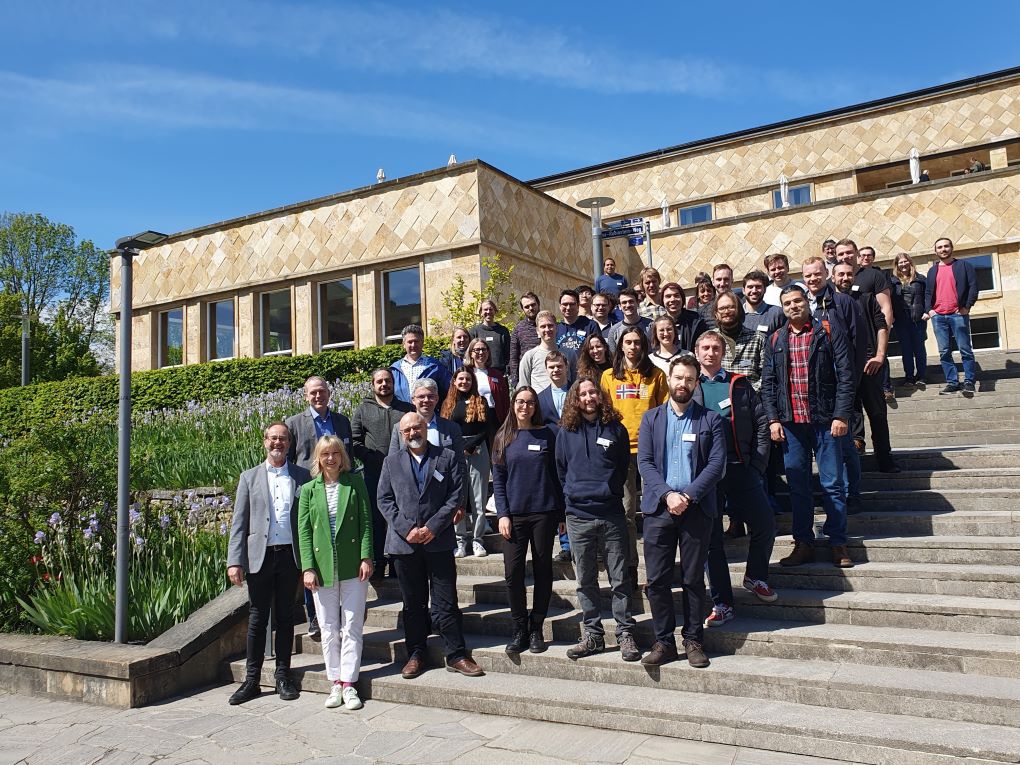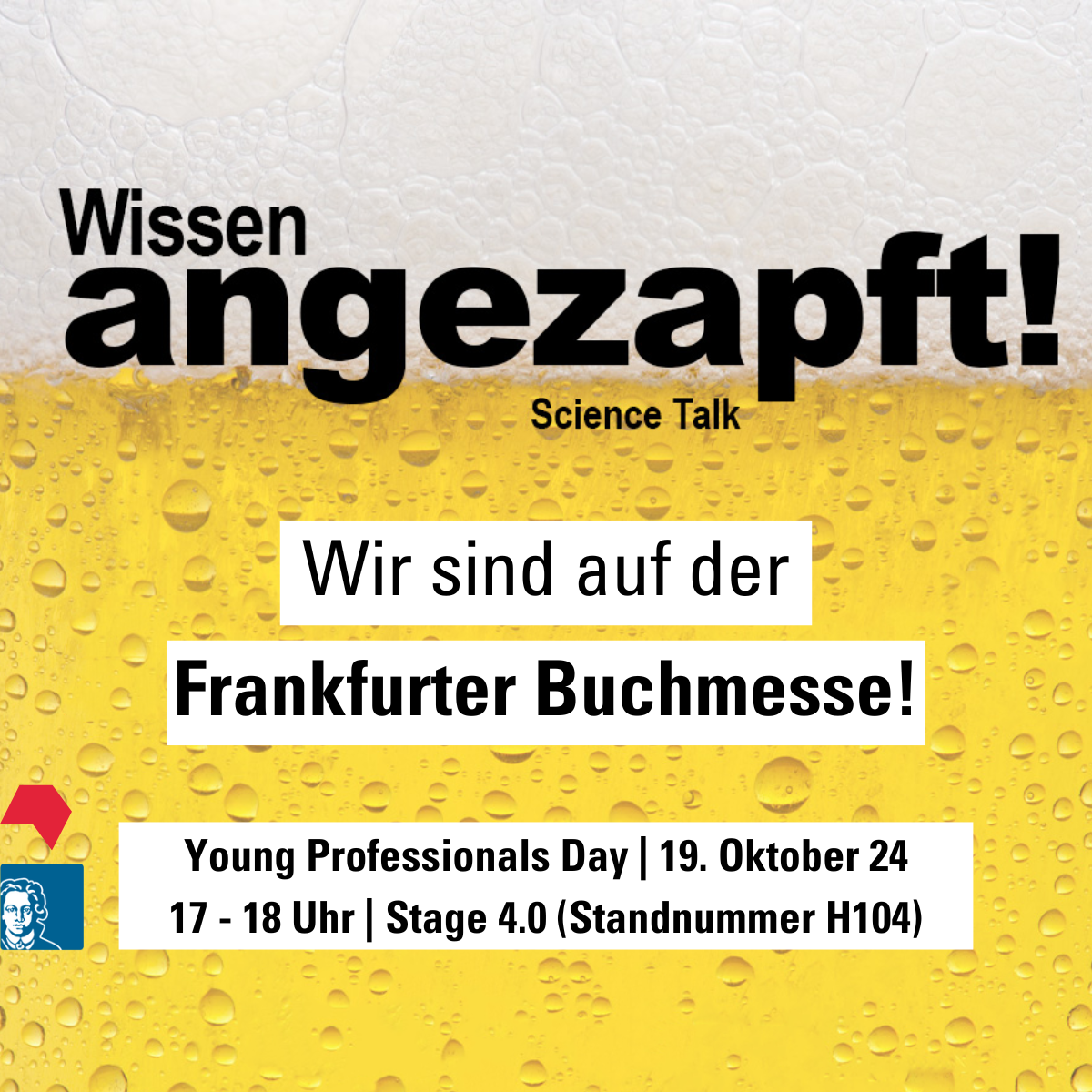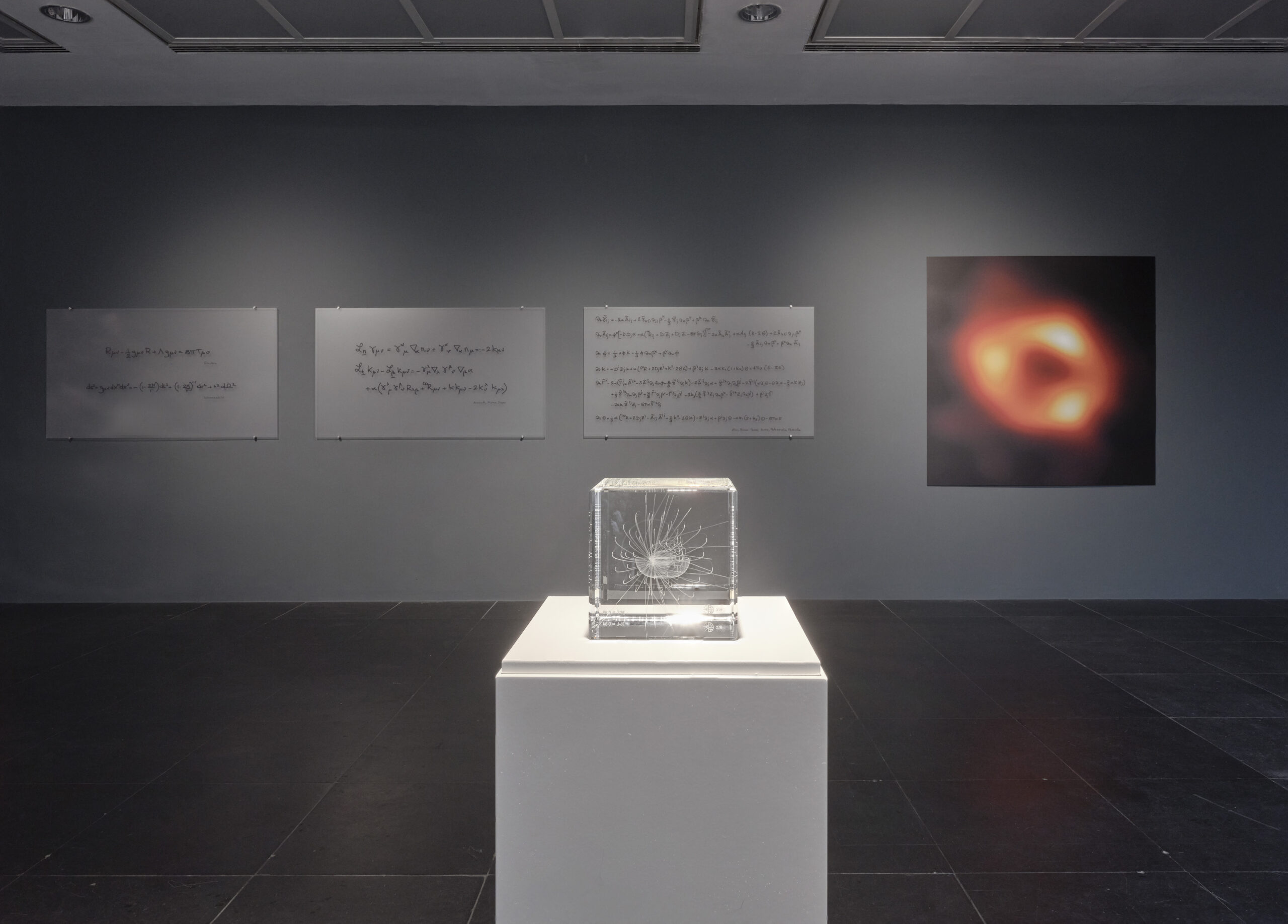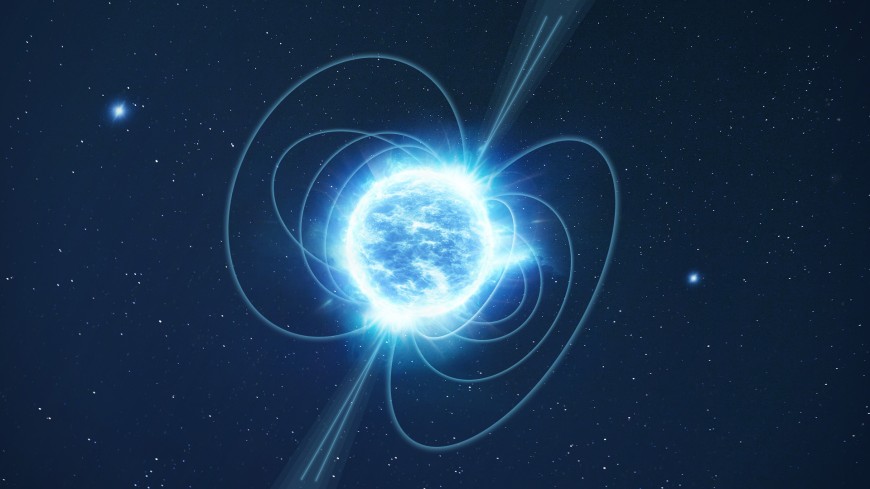There exist several mechanisms explaining the formation of element isotopes in astrophysical phenomena. Nuclear fusion in stars is capable of producing elements up to iron and nickel. However, heavier ones can only be synthesized in very special environments with extreme conditions, such as via the neutron capture processes during an astrophysical explosions. For a certain class of rare isotopes called p-nuclei (proton-rich isotopes), none of the standard mechanisms of alternating neutron capture and beta decay seem to predict their present-day abundance correctly.
For the first time, scientists from GSI Helmholtzzentrum für Schwerionenforschung, TU Darmstadt and the Max-Planck-Institute for Astrophysics – among them ELEMENTS-PI Gabriel Martínez-Pinedo and Postdoc Oliver Just – have reported on a new possible process solving for the mystery of the p-nuclei’s existence. Their latest publication in Physical Review Letters describes the so-called vr-process: After the number of free neutrons to be captured drops, the absorption of neutrinos by heavy nuclei leads to the conversion of their bound neutrons to protons, causing a series of decay and capture reactions which results in the formation of the specific p-nuclei. There has to be clarified yet which type of stellar explosion could provide the suitable environment where such a process could happen. So far, one further publication claims that environments with strong magnetic fields could serve the purpose.
Image: NASA







